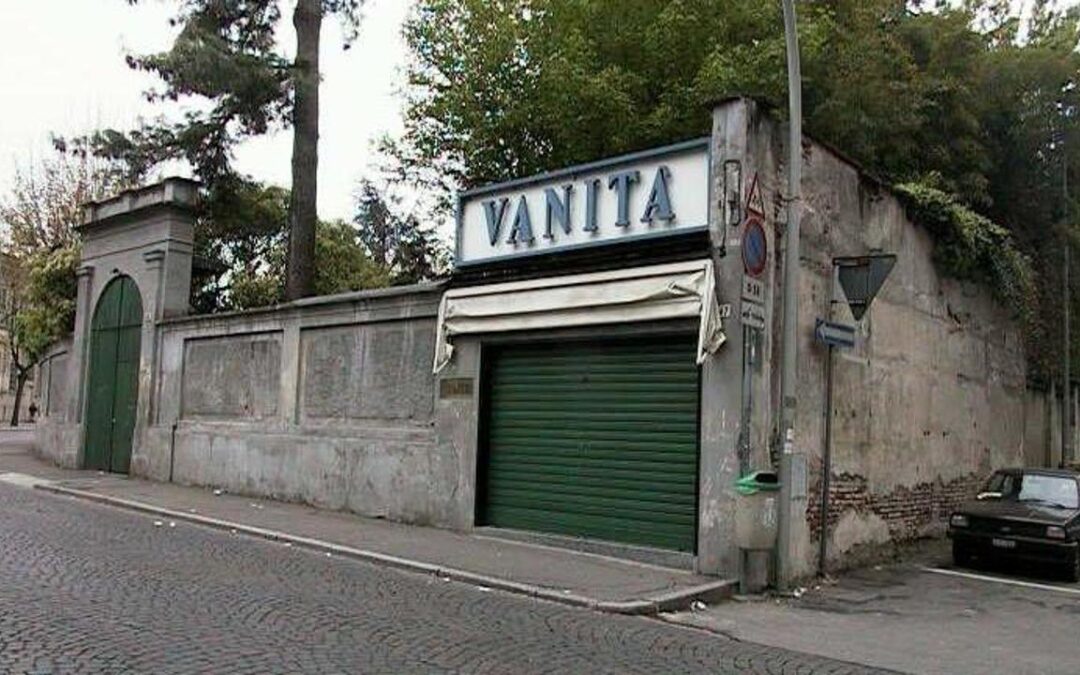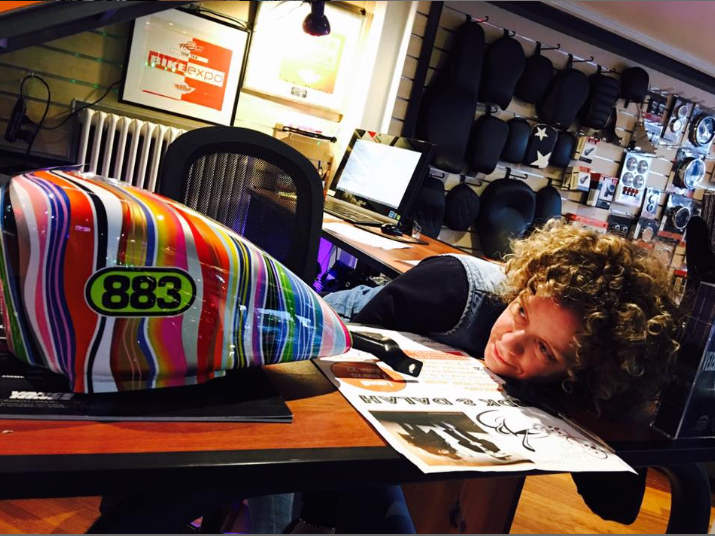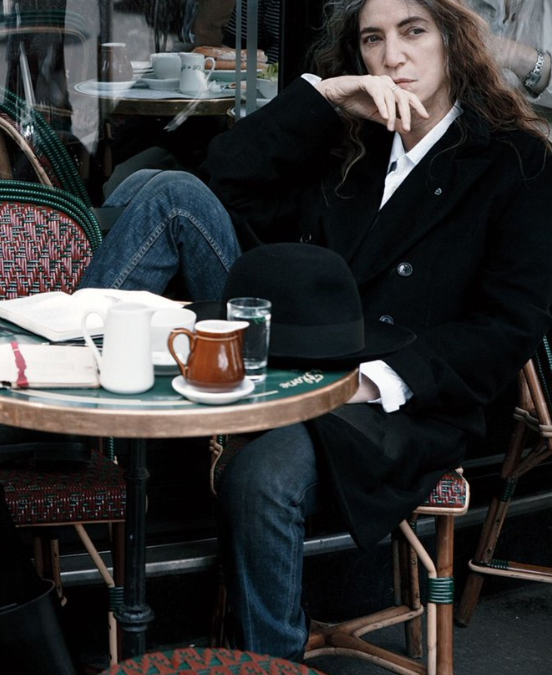
ABANDONED DISCOS
Abandoned Discos is Max Pezzali’s new song for Warner Music.
The title makes no secret of the subject, but what struck me was the video: a sequence of images depicting the crumbling remains of what were once places full of life and joyful moments, now inexorably abandoned.
The suggestion is made even more incisive by the succession of phrases by the Gotha of disc jockeys, see for yourself:
Have you ever been to one of these discos?
I used to like Friday nights at Celebrity: a discotheque near Novara that actually still exists, where my friend Daniela and I would literally spend the whole time dancing, and at the same time managing to chat 🙂
But it was at Vanità where I went to meet the man who later became my husband <3
The Vanità, the disco in Vigevano portrayed in the picture below the title, no longer exists: a mansion complex was built in its place.
This is also why I find that Max Pezzali succeeds in narrating by giving us the sensation of listening to words coming straight out of our own mouths.
It is definitely his trademark, as well as the secret of his success: simply being one of us.
I’ll never forget a summer evening before social media, before even mobile phones: the TV broadcasts the Castrocaro new voices competition and a Jovanotti introduced a duo.
They come in and sing Don’t bother me, I don’t understand what you want, you knew I wasn’t like you...
For me it was immediate and natural to stay in tune.
Soon the songs from the album Hanno ucciso l’uomo ragno (They Killed Spider-Man ) would be the soundtrack of holidays in Sardinia, Daniela was there too 🙂
1993: the following summer. Life has one of those difficult trials in store for my family: having to face destiny that bursts in to make it clear how from one moment to the next everything can collapse.
While I am in hospital watching my father struggle to live again after a haemorrhage, I receive a gift: the North South West East music tape.
Yes: the ‘cassette’ … Who remembers it?
The guy I went to look for at Vanità 🙂 gave me North South West East and North South West East gave us our song to sing embracing each other at the concert in the Pavia arena.
The days of the San Siro stadium were still far away, and the 883 sang at their home: Pavia, exactly, which is also a province in the broadest sense.
Their home, our home.
The days when the dream of the 883 would come true were also far away.

The characters of the Harley Davidson Pavia staff are known to all those who followed the series Le strade di Max (Max roads), do you know it?
In case you missed it, you can have a good ride here.
To get ‘on route’ let’s go back to 1994: when Mauro’s dream takes a different path …
On stage with Max are Paola and Chiara but also Michele Monestiroli and Daniele Moretto.
Thirty years ago.
And then?
And then life goes by and today we find ourselves in abandoned discotheques.
What did we miss?





 Hi I'm Claudia and this is KCDC.
Hi I'm Claudia and this is KCDC.




OPINIONI